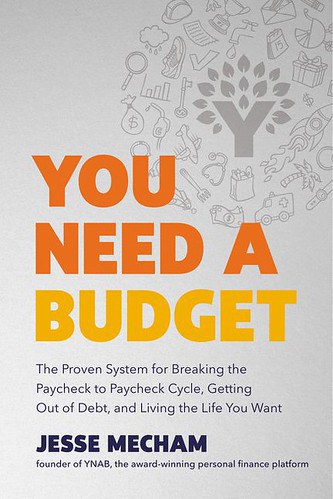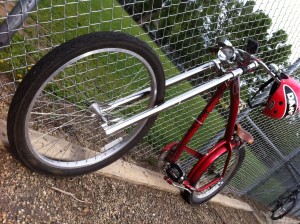The PS646 victory of a 99-year-old raises BIG Questions
Iona Bains writes: When Mary*, a 99-year-old woman, contacted me about her unit rate, I had no idea that my intervention would result in her receiving PS646 by her energy company, and raise questions about Economy 7 tariffs.
I received an interesting email last month. Pete wrote on behalf of Mary, his mother who is 99 years old. He saw me on BBC Morning Live, and asked if I could assist him in solving a long-standing energy mystery.
Mary’s father was puzzled as to why she hadn’t paid the lower unit rates in the Energy Price Guarantee earlier this year. She was now paying around 46p per Kw/h instead of roughly 34p. Why?
Last Autumn, the Energy Price Guarantee was introduced to cap average energy bills. The cap for the year was PS2500, but the unit rate is the price per kilowatt-hour. From April to July of this year, that average unit rate was capped at 33.2p/kWh. . Electricity costs 10.3p per kilowatt-hour and electricity costs 0.1p/kWh. kWh Gas.
These rates do vary depending on where you live and what you pay but not by a great deal. Mary’s rates were way off. Pete and I both didn’t get it.
Pete asked for an explanation from her energy provider. After five emails asking the exact same question he still didn’t know the answer.
I’ve seen the answer from the customer service representative in question. He never provides a straight explanation of why Mary’s unit rates are much higher. I was intrigued.
So I called the energy provider to find out what was happening. After an initial delay, (i.e. After an initial delay (i.e.
Imagine my surprise, when Mary received a refund almost immediately of PS586, as well as a goodwill gesture worth PS60!
False Economy Tariffs
Pete told me that Mary had an Economy 7 (E7) Tariff, which is a dual tariff in which you pay more for energy during peak hours, but less when it’s off-peak.
It sounds like you could save money by doing energy-intensive activities after 4pm instead of 10pm. Pete claims that this was not relevant to Mary, as her energy use at night was minimal. The only reason he switched her to the E7 package was because it was offered by Mary’s energy provider.
Pete claims that when Mary’s contract was up for renewal, she was offered only an e7 rate, even though there was a single-rate tariff available at a lower price. This difference was PS586. Pete is convinced that his mother was overcharged and would not have been aware of it if he hadn’t persisted and a journalist had intervened.
It is not my first time to examine whether E7 tariffs are a good bargain. In an presentation published earlier this year by the think tank Sustainability First, it was explained that the price guarantee didn’t work the same for E7 customers and single rate tariffs. In fact, the changes made to the energy price cap have actually increased costs for E7 clients.
Suppliers have also exploited this situation to change the difference in day and night rates, resulting in a potential overcharge of PS100 per customer. Sustainability First claimed that the system is “open to abuse” as well as “creating a lottery”.
It could be that this scandal has been swept under the rug in the midst of the energy crisis. Mary’s supplier of energy has been asked to give their side of the tale (when I get it, I will identify them), and I also asked Ofgem what they thought. This raises some serious questions.
- Why have energy suppliers failed to inform customers with dual tariffs of cheaper deals?
- Could you have paid less with a single-rate tariff if you were on an E7?
- Could you be eligible for a rebate, like Mary?
Watch this space. I don’t believe this is the final word on this topic.
Please note that the photo in the header is not Mary, but a stock picture.











+ There are no comments
Add yours